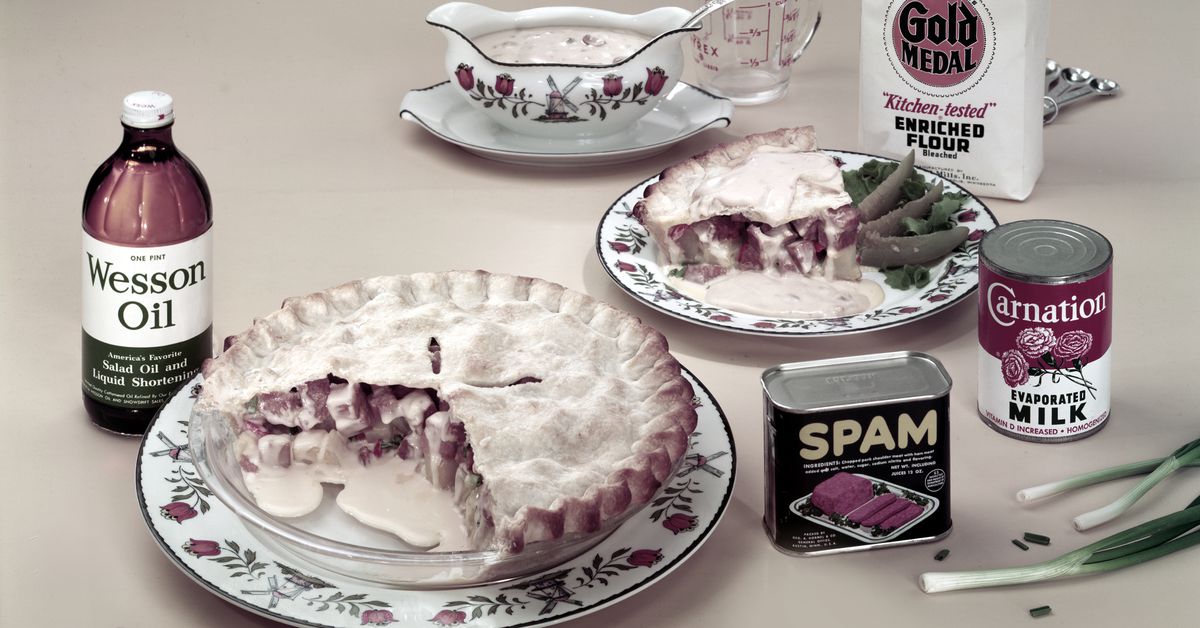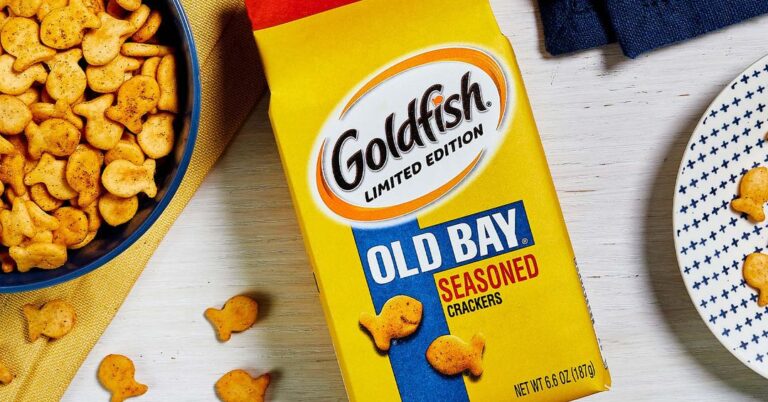Fake Meat’s Origins Go Back Way Further Than the Impossible Burger
It’s no stretch to say that fake meat is having a moment. With the popularity of brands such as Impossible Foods and Beyond Meat joining fast-food menus and grocery store aisles alike, plant-based meats are no longer seen as a sad option for vegetarians long denied flavor with meat substitutes (though, as we know, plenty of vegetarian food is packed with flavor), but for anyone who enjoys a good burger, fried chicken, or nuggets.
But are meat substitutes really the future of eating? Maybe by necessity as food resources run out, but not likely by choice. In fact, despite the big money raked in by Impossible and Beyond over the past few years, industrial meat consumption in America is actually on the rise.
This week on Gastropod, Cynthia Graber and Nicola Twilley see how the not-sausage gets made, with visits to the Impossible Meat lab and Meati, a Colorado-based start-up that’s developed a meat substitute made from mycelium, a protein found in mushroom roots.
Also discussed is the controversy in the Jewish and Muslim communities about the consumption of fake meat that still calls itself pork, and whether or not a meat substitute by any other the same meat name is halal or kosher. Then there’s the origins of fake meat. Again, we’re not simply talking tofu or seitan here — their origins date back centuries and they’re used in ways that go far beyond “how can this taste like chicken.” But what about products introduced as meat substitutes? One example, protose cutlets, was developed in the early 20th century at the Battle Creek Sanitarium — led by John Harvey Kellogg of eventual Kellogg’s cereal fame — in Michigan. During World War II, meat rations forced cooks to get clever and creative with products like Spam, which include some meat and a whole lot of filler.
Listen to the full episode to learn more, and to find out if meat substitutes really could be the future of eating.






